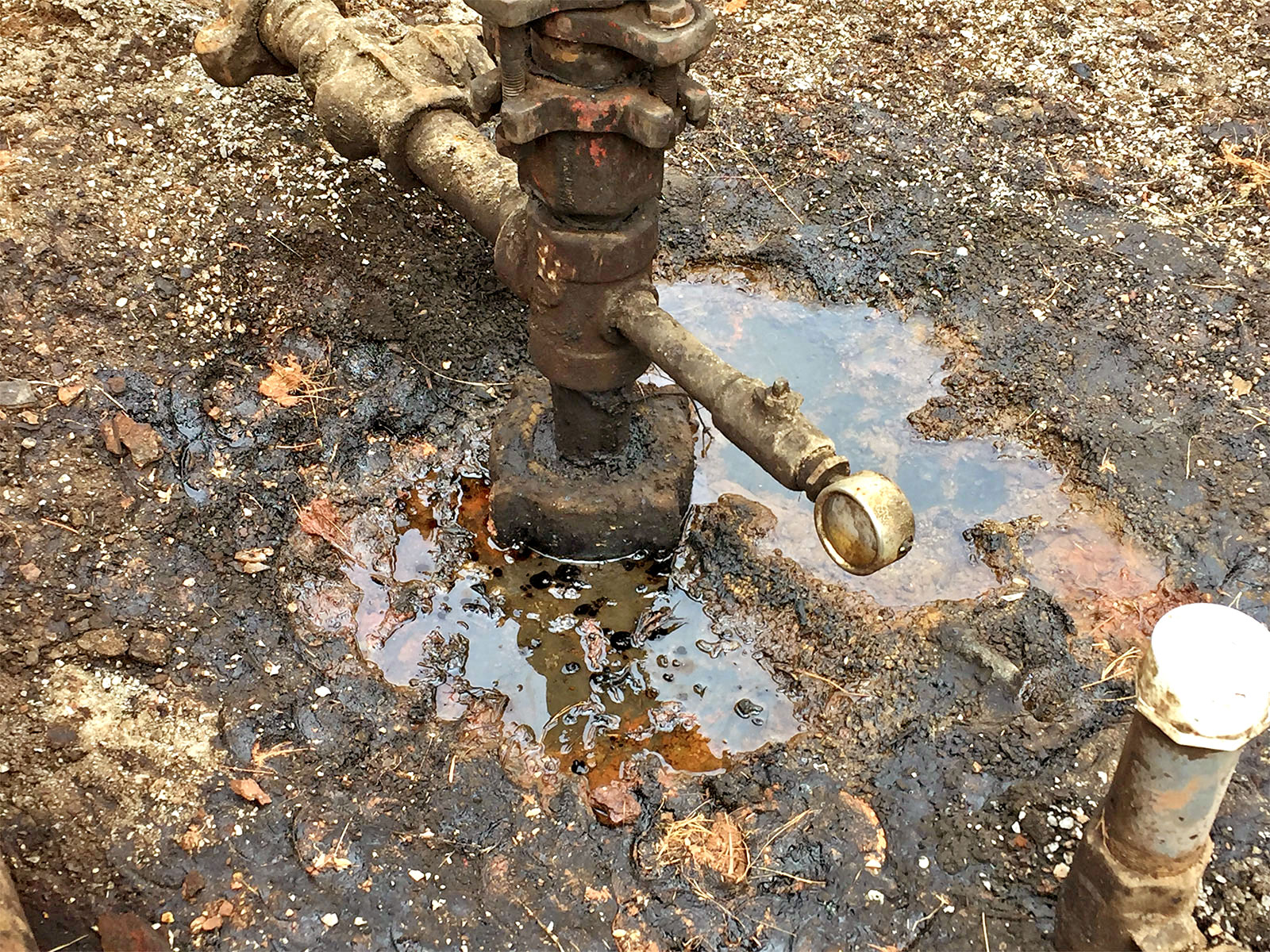
“Zombie” or orphan oil and gas wells are creating serious problems for southeastern New Mexico and particularly for Lea County. Fortunately, help is on the way from the federal government to clean up these wells — in the tune of $43.7 million. The result will be to diminish the numerous potentially dangerous environmental and health issues created by these wells.
New Mexico Governor Michelle Lujan Grisham and members of the Congressional delegation announced in a Thursday, February 3 press release that the U.S. Department of the Interior through the federal Infrastructure and Jobs Act is making the funds available for the clean up of the state’s abandoned oil and gas wells.
This federal money will go a long way when it comes to solving the state’s “zombie” well problem. It should be remembered that often the responsibility of plugging a well becomes that of the state.
“When an oil and gas operator goes bankrupt, wells may become ‘orphaned’ and the responsibility to plug and reclaim the site may fall to the state,” states the press release. “Wells and associated facilities that are left abandoned can cause environmental damage by leaking methane or impacting groundwater.”
“Zombie” Wells — A Significant Problem in Lea County
Many of the wells slated to be plugged are located in the Permian Basin of which Lea County is a part. Lea County is dotted with them, and most are potentially environmentally devastating. Additionally, they create health risks, not to mention the fact that they are costly to plug, seal and reclaim. The estimated cost of cleanup per well is $20,000 to $145,000.
By law, oil and gas operators in New Mexico are tasked with plugging and sealing a well before it is abandoned. Additionally, the operator is responsible for restoring the oil and gas well location to its original, natural condition.
Unfortunately, operators often go out of business without the means to fulfill these legal requirements, and wells are left abandoned, unplugged, unsealed and leaking. The result is the creation of more and more “zombie” wells that obviously have the potential of causing environmental and health risks to the area surrounding the well and to residents and/or workers who live and/or work nearby.
Environmental Issues
According to the Environmental Protection Agency (EPA), 3.2 million abandoned oil and gas wells exist in the United States. About a third of these wells have been properly plugged with cement — the standard industry procedure to prevent harmful chemical leaks. The other two-thirds of these wells, about 2.2 million, unfortunately, remain unplugged.
The EPA estimates that these abandoned “zombie” wells emit roughly 280,000 metric tons of methane each year, although this estimate is uncertain due to lack of knowledge about the numbers and specific locations of many of these wells.
The simple fact is that regulators have no idea where hundreds of thousands of abandoned wells are located, since many were drilled before modern records-keeping methods and plugging rules were established.
The Permian Basin’s first commercial oil well, located in Texas, was completed in 1921. Shortly thereafter Lea County’s first well was drilled. However, New Mexico’s Oil Conservation Division (OCD), a part of the state’s Energy, Minerals and Natural Resources Department (EMNRD), was not founded until more than a decade later in 1935. Modern records-keeping standards did not evolve until an even later date. What this adds up to is that records do not exist for many wells, a countless number of which are “zombies”.
Without records of their exact whereabouts, grasping the magnitude of the actual numbers of “zombie” wells — as well as the specific pollution and/or health problems they may be causing — is impossible.
Health Issues
However, the health problems that are created from the leakage of petro carbons from known orphan (“zombie”) wells are well documented. Toxic chemicals from these “zombie” wells often poison groundwater and other potable water supplies.
The problem is a big one in Lea County. Locals use groundwater for livestock, animals and human drinking water.
Unknown to many area folks is the fact the county’s “zombie” wells often leak chemicals, such as benzene, a known carcinogen, into the region’s fields and groundwater. The result is a multitude of environmental and health risks.
Lea County is not alone when it comes to concerns about environmental and health risks that seem to evolve as a result of oil and gas exploration. For years, residents of oil and gas field communities have reported health problems that either started or got worse after oil and gas development activities began in the areas where they live, work and play. The most widespread symptoms include respiratory problems, asthma, coughing, eye, nose and throat irritation, headaches, nausea, dizziness, trouble sleeping and fatigue.
Moving Forward
Of the 3.2 million “zombie” wells that currently exist in the United States, approximately 1,700 orphaned and abandoned wells are known to be located on both state and private lands in New Mexico, but there could be many more.
With current state funding levels, the oil conservation branch of the EMNRD has the needed resources to plug only about 50 “zombie” wells per year. In 2019 the exact number was 42.
The additional federal funds soon to be provided to the state and announced by Gov. Lujan Grisham and her team will make it possible for New Mexico to plug many more that 50 problematic “zombie” wells each year.
“The investments in this program are a win-win, protecting the environment and public health while also providing good-paying jobs in our rural areas,” said Gov. Lujan Grisham in the press release. “I am grateful to our congressional delegation for getting this funding to the state.”
Lea County is, of course, a perfect example of the “win-win” situation the governor is talking about. The county will benefit from the money the federal government is pouring into the state in two very important ways — “zombie” well cleanup and job creation.


